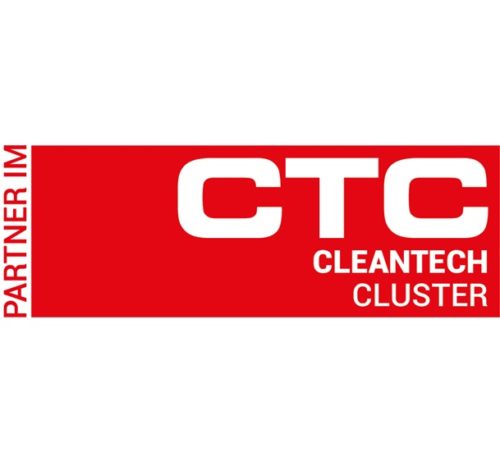Whistleblowing reporting systems
We help with implementation and processing!
Even before the new Restructuring Regulation (ReO) came into force (July 17th, 2021), we presented its key points here.
After a period of application of more than a year now, it is appropriate to draw a kind of interim conclusion. It is a fact that – according to our knowledge – no restructuring proceedings have yet been initiated.
So, is this a “stillbirth” or is it a restructuring alternative that will at least be relevant in future practice?
First of all, we would like to point out the main positive aspects of the ReO:
come into question.
However, we should also mention some negative aspects from our point of view:
Interim summary:
Irrespective of the negative aspects outlined above, there are case constellations that make the initiation of restructuring proceedings appear expedient. In particular, the possibility of avoiding publicity of the proceedings and the fact that the creditors concerned are not to be offered a minimum quota should be emphasized here. Also, a sensible selection of creditor classes and a well-prepared cramdown can also achieve a restructuring result that is pleasing to all stakeholders. One should therefore not prematurely call the ReO a flop, but rather take a procedure under the Restructuring Regulation into account when considering restructuring!
If you have any questions on these topics, our experts Thomas Kurz and Michael Haiböck will be happy to answer them by phone or at akut@hnp.at.
This article is for general information only and does not replace legal advice. Haslinger / Nagele Rechtsanwälte GmbH assumes no liability for the content and correctness of this article.
17. August 2022






